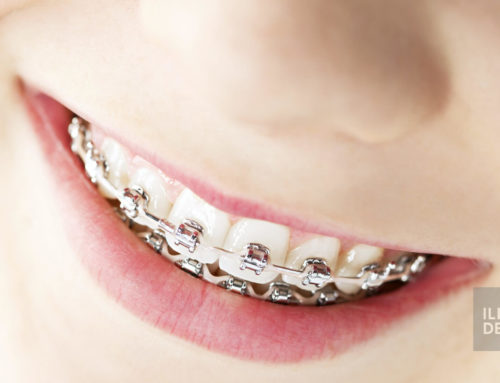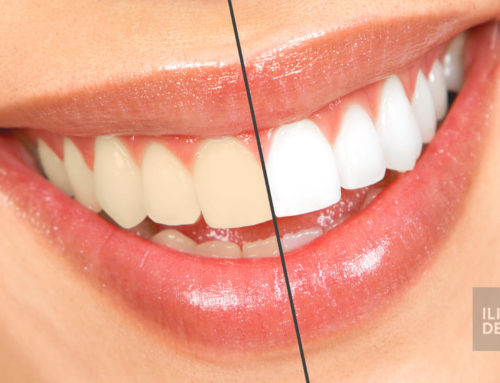At Ilić Dent Dental Center, the first step in the dental filling procedure is to administer an anesthetic, after which all dentin damaged by decay is removed. After your dentist removes all decay, he or she will place a base which will protect the pulp from the outside environment. Then, the dentist will use an acidic substance to ensure better adhesion between the filling and the tooth. Next, he or she will apply a bonding material and then the filling itself.
Which materials are used for dental fillings today?
Today, various types of composite fillings are most commonly used, in addition to amalgam fillings. Amalgam fillings are slowly declining in use. Dental filling can completely restore and replace a portion of a damaged tooth.
Should I replace black fillings with white ones?
No. If the amalgam filling is whole, without cracks and there is no decay between it and the tooth, then it is not necessary to replace it. A black filling can be replaced with a white one for aesthetic reasons.
Can fillings be placed immediately after decay removal?
Sometimes, tooth decay is so extensive that is has reached the pulp. In this case, it is not possible to immediately place a filling, and a root canal treatment must performed first. There are also borderline cases in which we try to preserve the pulp vitality by applying an adequate liner, over which we place a temporary filling which will be replaced with a permanent one after a certain period.
What if the entire tooth is destroyed by caries?
A dental filling can replace an entire tooth as well, but a better and more durable solution for devitalized teeth is to restore them with posts and cores, which are then fitted with final crowns.






